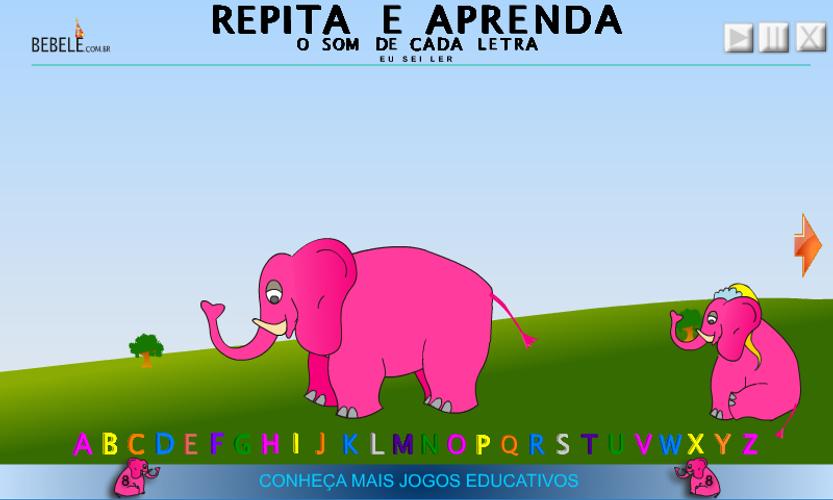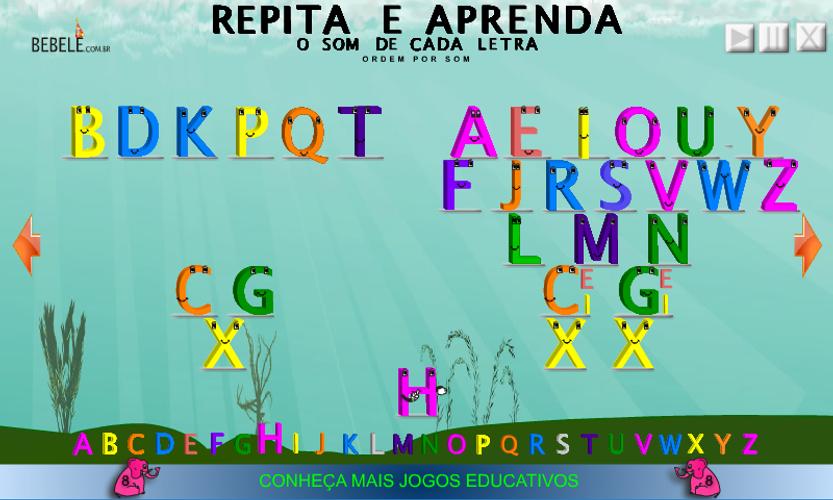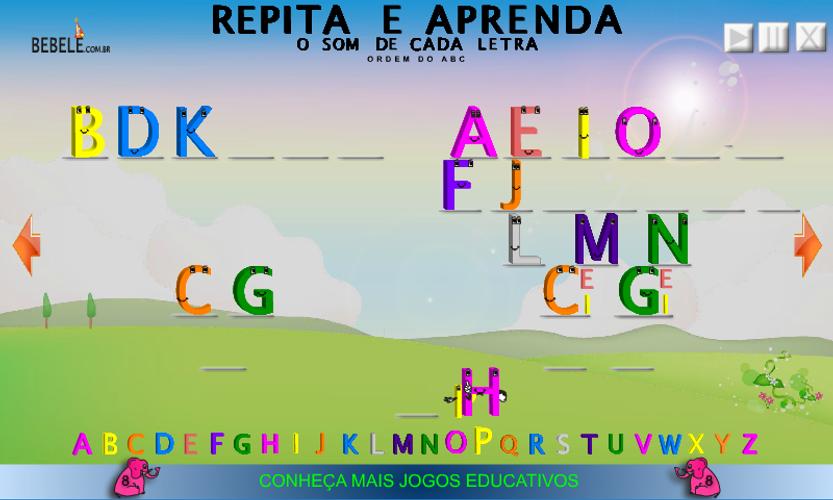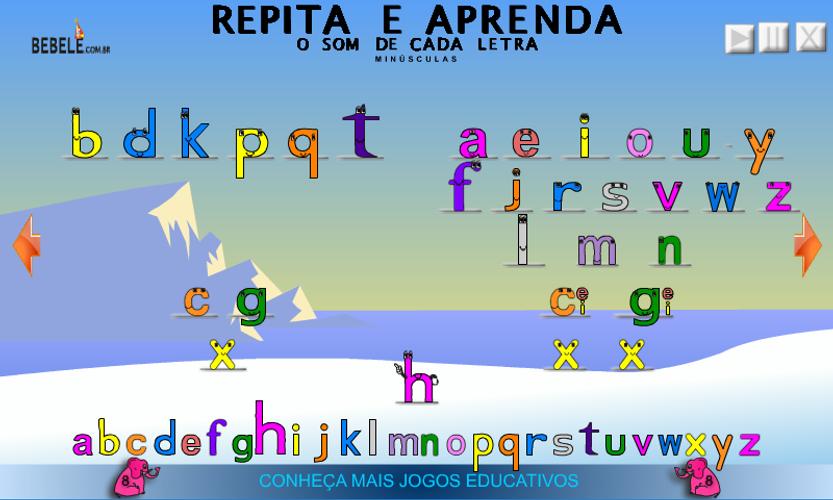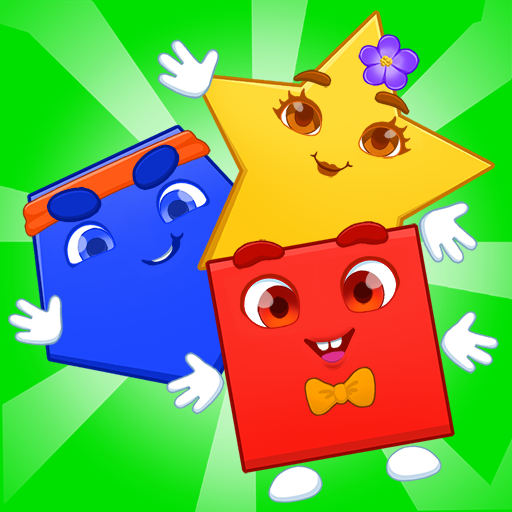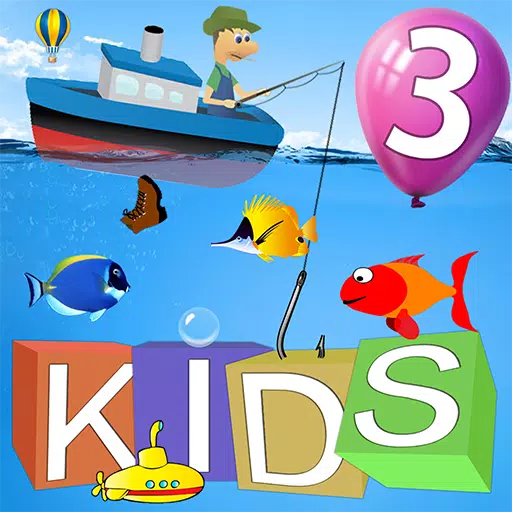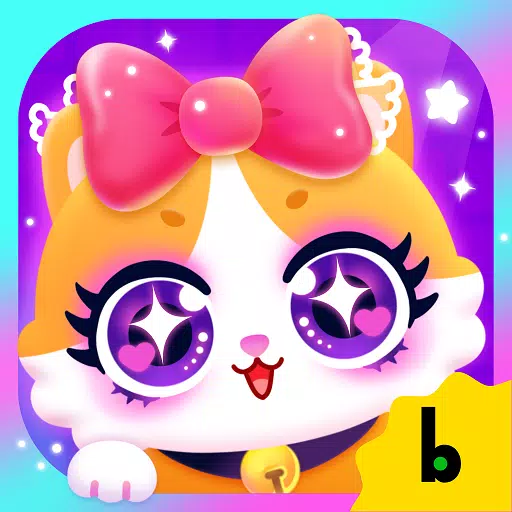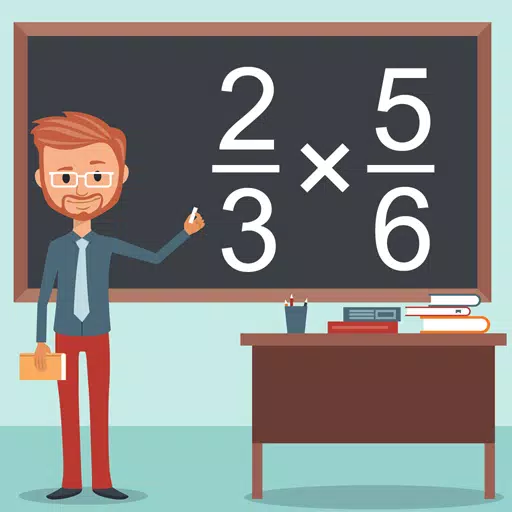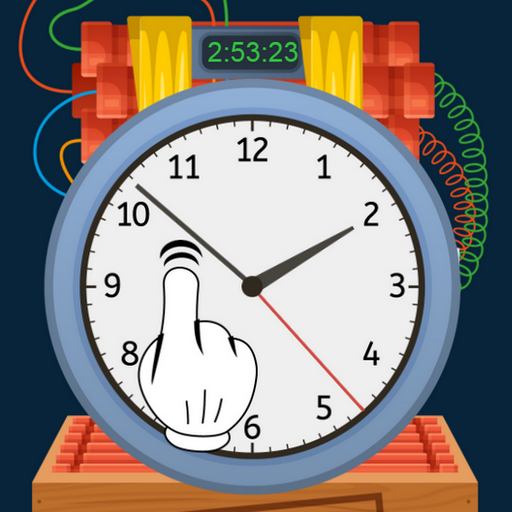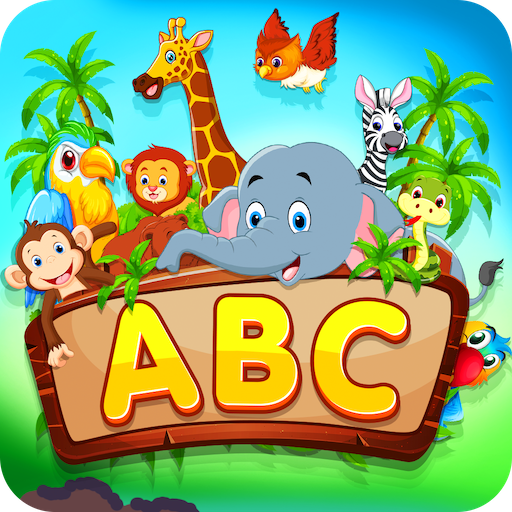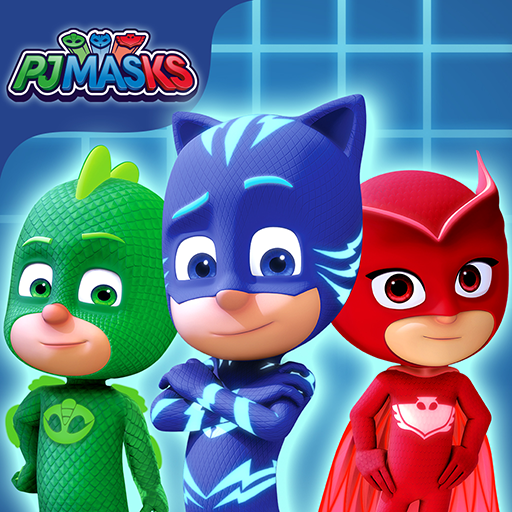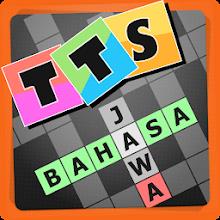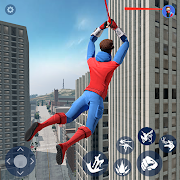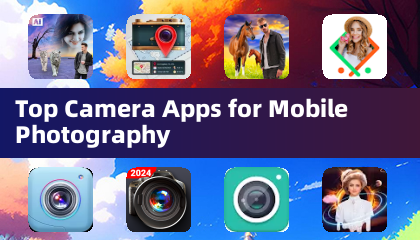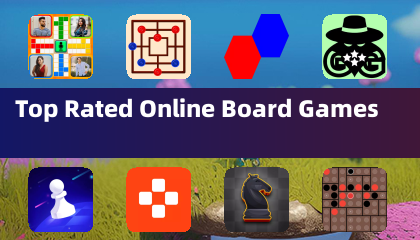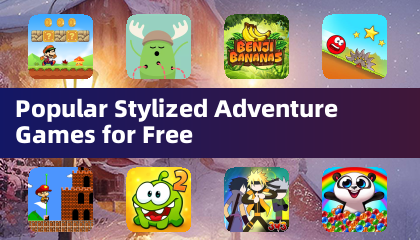Learning the ABC sounds through play is one of the most effective and enjoyable ways for children to begin their reading journey. With *BEBE*, kids can explore the world of letters in a fun, interactive environment designed to engage their senses and reinforce essential phonics skills.
This interactive game introduces both uppercase ABC and lowercase abc letter sounds through a series of engaging multi-stage activities. Each letter comes to life on screen with vibrant colors and clear audio pronunciation, helping children recognize and remember the unique sound each letter makes. The letters move dynamically across the display, grouping together by sound similarities or alphabetical order to build early pattern recognition.
As the letters glide across the screen, they continuously emit their corresponding sounds—reinforcing auditory learning every step of the way. At any point during playback, children can pause and revisit specific letter sounds they want to review, making it easy to focus on areas that need extra attention.
One of the standout features of this educational experience is the drag-and-drop stage, where children can interactively manipulate letters while listening to their sounds. This hands-on activity allows them to experiment with forming words, then discard them into a virtual trash can when they're ready to try again—an excellent way to encourage playful exploration without pressure.
Many young learners struggle with reading because they haven’t fully grasped the individual sounds of each letter. This game clearly demonstrates that every letter has its own distinct sound—often closely related to its name—laying a strong foundation for future reading success.
"Whoever knows the name and sound of all the letters knows how to read." (Siegfried, Engelman - Give Your Child Superior Mind)
To make learning to read more natural and structured, children should progress through six key stages in sequence:
- 1st - Uppercase ABC: Learn the names of all capital letters before moving forward.
- 2nd - Lowercase abc: Recognize lowercase letters, which are often visually similar to their uppercase counterparts.
- 3rd - Letter Sounds: Understand the individual sound each letter makes—an often overlooked but crucial step in reading readiness.
- 4th - Simple Syllables: Begin combining letters to grasp the rhythm and logic of reading.
- 5th - 3-Letter Words: Practice reading short, three-letter words to build confidence and fluency.
- 6th - Short Sentences: Start forming basic sentences and phrases using simple sounds, all supported by engaging animations.
Repetition plays a vital role in memorization, especially when combined with music. Melodic reinforcement makes learning more efficient and joyful, turning what could be a challenging task into an exciting adventure.
Sing, dance, and laugh along with your little one as you enjoy the catchy tunes from [ttpp] Bebelê songs [yyxx]. These musical elements help accelerate literacy development while strengthening the emotional bond between parent and child.
With consistent exposure and guided interaction, your child will not only learn to read earlier but also develop a love for learning, improved musicality, and stronger communication skills—all while having fun!


